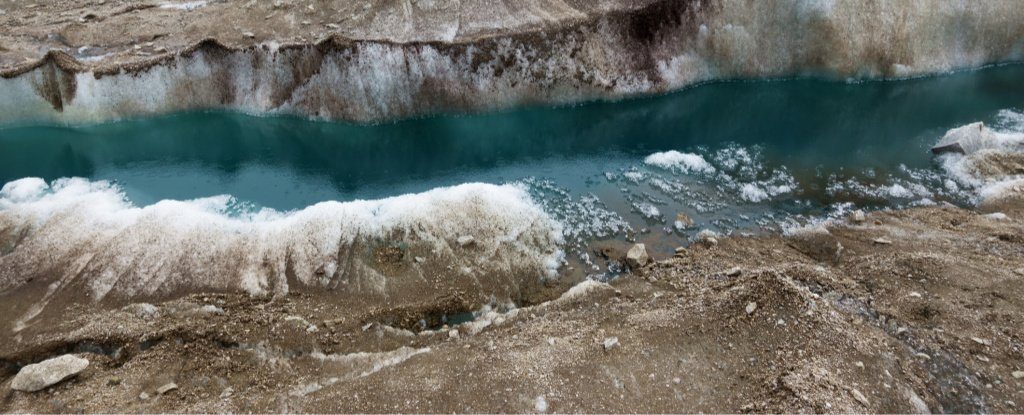
Melting permafrost, suspected by Russia of being behind an unprecedented fuel spill that has polluted huge stretches of Arctic rivers, is a time bomb threatening health and the environment, and risks speeding up global warming.
On May 29, 21,000 tonnes of diesel fuel spilled from a reservoir that collapsed which Russian metals giant Norilsk Nickel owns through a subsidiary.
Norilsk, one of the country’s biggest industrial centres, lies above the Arctic circle and Norilsk Nickel and Russian officials have said they had suspect permafrost thawing.
What is permafrost?
Permafrost – soil that is frozen – is found mostly in the Northern Hemisphere, where it covers about a quarter of exposed land and is generally thousands of years old.
It covers a wide belt between the Arctic Circle and boreal forests, spanning Alaska, Canada, and Russia.
It can vary in depth from a few metres to hundreds.
Locked into the permafrost is an estimated 1.7 trillion tonnes of carbon in the form of frozen organic matter – the remains of rotted plants and long-dead animals trapped in sediment and later covered by ice sheets.
Permafrost soils contain roughly twice as much carbon – mainly in the form of methane and CO2 – as Earth’s atmosphere.
Speeding up global warming
When permafrost thaws, this matter warms up and decomposes, eventually releasing the carbon that it holds as carbon dioxide (CO2) and methane, gases which have a greenhouse warming effect on the planet.
The release of greenhouse gases threatens a vicious circle in the warming of the Earth.
According to a report by the Intergovernmental Panel on Climate Change (IPCC) in September 2019 a large part of the permafrost could melt by 2100 if carbon pollution continues unabated, releasing a carbon bomb of greenhouse gases.
Frozen diseases?
The thawing of the permafrost also threatens to unlock disease-causing bacteria and viruses long trapped in the ice.
There have already been some cases of this happening.
In 2016 a child died in Russia’s far northern Siberia in an outbreak of anthrax that scientists said seemed to have come from the corpses of infected reindeers buried 70 years before but uncovered by melting permafrost.
Released from the ice, the anthrax seems to have been passed to grazing herds.
Scientists have also warned that other dormant pathogens entombed in frozen soil may be roused by global warming, such as from old smallpox graves.
In 2014 scientists revived a giant but harmless virus, dubbed Pithovirus sibericum, that had been locked in the Siberian permafrost for more than 30,000 years.
A permafrost thaw could be a boon for the oil and mining industries, providing access to previously difficult-to-reach reserves in the Arctic. But in disturbing the subsoil too deeply, they could awake the viruses, scientists warn.
The melting permafrost also presents a serious and costly threat to infrastructure, risking mudslides and damage to buildings, roads and oil pipelines.
Article Credit: sciencealert
